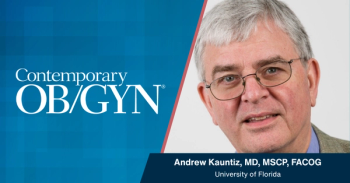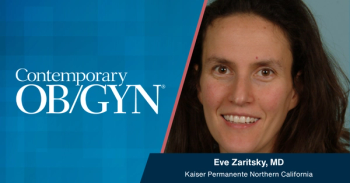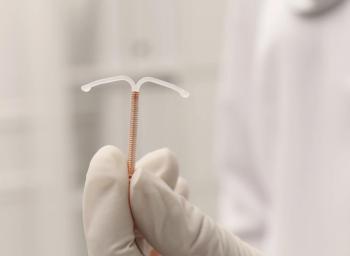
Unmet Needs in Contraception
Jenna Beckham, MD, MSPH, FACOG, and Thomas Kimble, MD, comment on unmet needs and challenges faced by patients looking for contraception.
Episodes in this series

Jenna Beckham, MD, MSPH, FACOG: In closing, any other thoughts that you have about particular unmet needs or challenges that are still existing for our patients who are looking for contraception?
Thomas Kimble, MD: Yes, there are a couple. And one, I think we got a lot of valuable data out of the Contraception CHOICE Project. That was a large clinical trial done in St. Louis where women in the Greater St. Louis metropolitan area could go and get contraception at no cost. There were about 11 centers throughout the St. Louis area. And they could also switch to another method with no cost. One thing that was interesting that they did in the CHOICE Project was there a script that the providers had to use to counsel patients. And the biggest thing about the script at the time was that they switched the counseling from the order that most of us used to do years ago, where we would start talking about condoms and pills, and work our way up to IUDs, and implants, and the more safer, more effective forms of birth control, to they switched it to starting with the safest, most effective types. And they would start talking about LARCs first in the counseling and then go down in efficacy and safety. And what we saw was that by just switching the counseling order, that more people were interested in a LARC method. And the American College of Obstetrics and Gynecology recommends LARC first, and so it was right in line with that. I think we got great data from that. It helped us out with some provider bias, I call it sometimes. And there are still some gaps there, but another gap is in contraception coverage. We made leaps and bounds with the Affordable Care Act in that regard, but there's still a gap there. And there are still people, as you alluded to before, that they have state-sponsored coverage, but it's only temporarily. And maybe after 6-week postpartum, or a 3-month window, their insurance is going to end, and where are they? Unless they already have a LARC method, they're hung out there. And there are still gaps. And then the third one is getting to us. Again, we have a shortage of providers, and it's an access issue. We're making small steps. Having some pharmacists in certain states being able to prescribe is going to help us there. Having other types of healthcare- not necessarily providers, not necessarily a physician assistant, or a nurse practitioner, or a physician- but other providers who are well trained, working in conjunction with us, being able to discuss and then maybe initiate birth control, those are also things that can help narrow the gap.
Jenna Beckham, MD, MSPH, FACOG: And as you said, getting to us; and we're seeing this certainly, I think, in a lot of healthcare, but telemedicine, it's been a benefit. And a lot of patients, particularly during the pandemic, but even still now for busy lives, can access and obtain some methods of hormonal contraception through telemedicine without requiring them to travel or go to an in-person visit. And then the other thing, which again, we're also seeing some strides in that direction, but further evidence for extended duration of use for our LARC methods for those patients who are pleased with them and happy with them, and if they can keep them in for longer and longer, and there's evidence that it's safe and effective to do so. Each time one of the levonorgestrel IUDs is approved for extended use, a lot of my patients are like, "Amazing. Another year. So happy." I'm hoping we'll continue to see more data that supports that for some of our other LARC methods.
Thomas Kimble, MD: I agree.
Jenna Beckham, MD, MSPH, FACOG: Well, thank you so much. Thank you for watching Contemporary OB/GYN Peers and Perspectives.® If you enjoyed this content, please subscribe to the newsletter, and you'll receive upcoming Peers and Perspectives and other great content right in your inbox.
Transcript edited for clarity
Newsletter
Get the latest clinical updates, case studies, and expert commentary in obstetric and gynecologic care. Sign up now to stay informed.

















